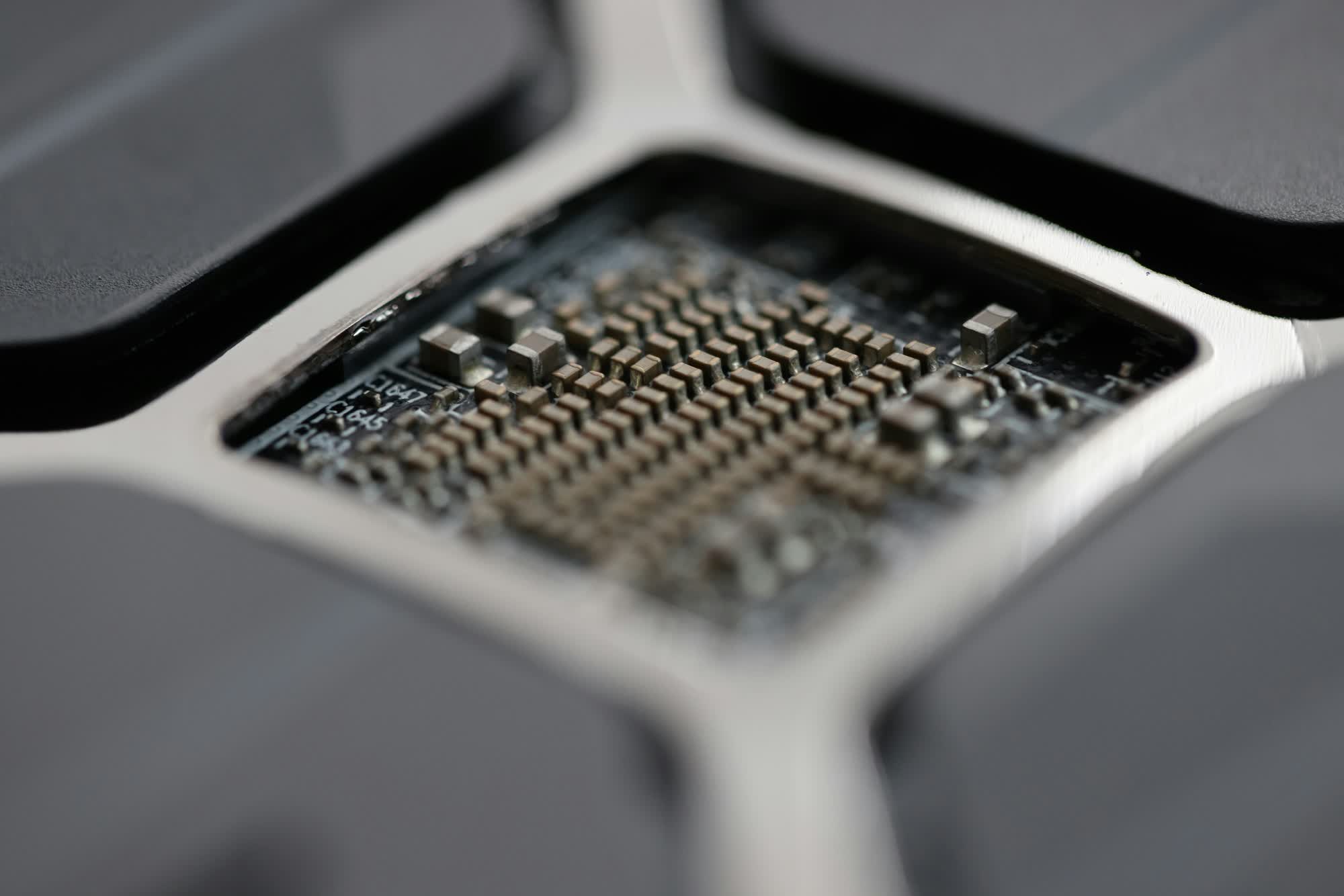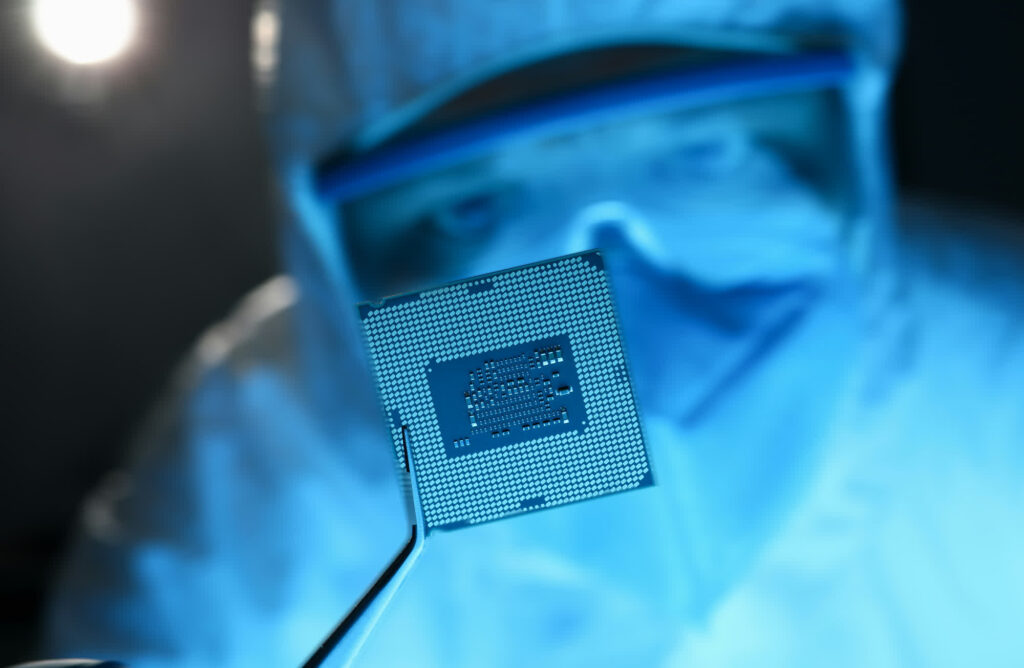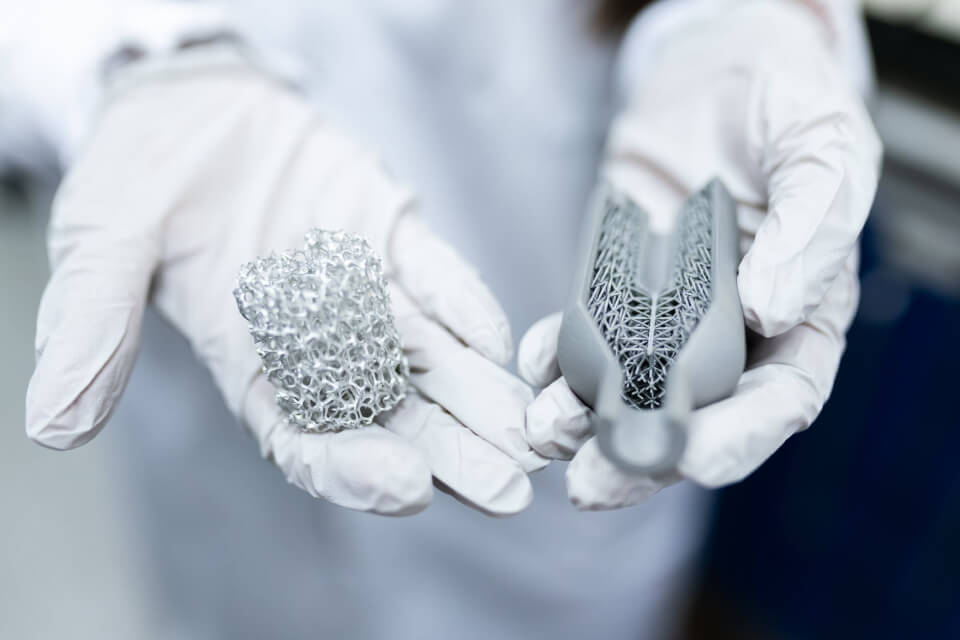In brief: Japan is borrowing a page from the US government’s playbook. In the wake of the US Chips and Science Act, the island nation has announced a $65 billion economic plan designed to boost local semiconductor production and help stabilize supply chains.
Japanese Prime Minister Shigeru Ishiba revealed the $65 billion plan this week. Reuters saw an early draft of the proposal, which is scheduled to be submitted during the country’s next parliament session, and notes its support of domestic chipmaker Rapidus among others.
The homegrown semiconductor manufacturer was founded in 2022 with support from several major Japanese tech companies including Sony and Kioxia, and entered into a strategic partnership with IBM in December 2022. The outfit expects to start mass production of advanced chips built on a 2nm process by 2027. It is an ambitious goal, but one that could be helped along with a significant infusion of cash.
Ishiba said the plan would not be backed by deficit-covering bonds, but stopped short in a press conference of detailing where funding would come from. According to the draft, the Japanese government expects the plan to generate more than a trillion dollars in economic impact.

Success is no guarantee for Rapidus or any other recipients of money from the program.
As Tom’s Hardware highlights, it took many years for established players like TSMC to get to where they are today. The publication questions whether or not Japan has enough workers with the skills necessary to achieve their goals. As we have seen both domestically and abroad, finding workers with the smarts to get the job done can be a real challenge. Even China, with its heavy investments and accusations of IP theft, hasn’t been able to compete toe to toe with leading chipmakers.
It remains to be seen whether or not Japan’s investment will pay off, but it is hard not to think that increased competition will benefit the masses via lower prices and a more robust supply chain.
Image credit: Getty Images



